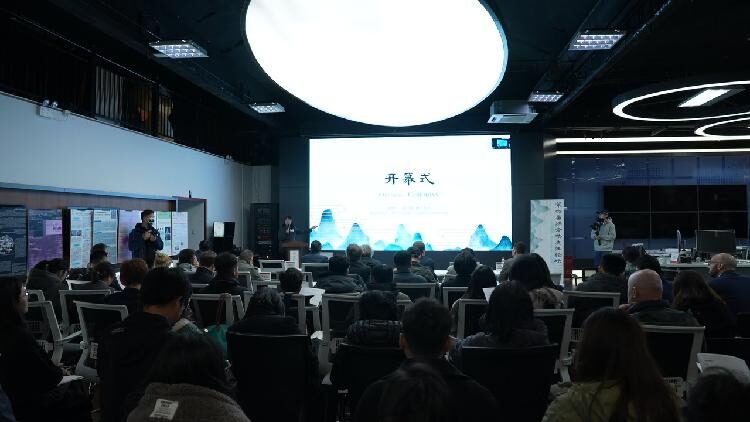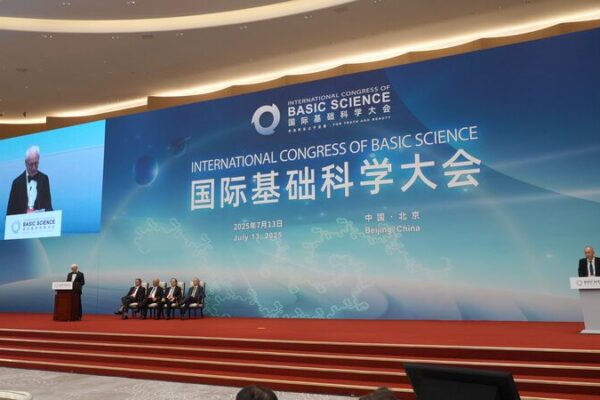At the 2025 Zhongguancun Forum in Beijing, experts from over 100 countries converged to discuss the future of frontier technologies like artificial intelligence (AI) models, embodied intelligence, and quantum computing. Amidst the excitement, a central paradox emerged: while AI has dramatically reshaped scientific tools, the core process of discovery remains distinctly human.
“We still don’t have a proper large language model for science,” stated E Weinan, a member of the Chinese Academy of Sciences and a professor at both Peking University and Princeton University, during his keynote address at the AI for Science session. “We are entering an era where we must fully leverage holistic resources, including the integration of data, computing power, and talents,” he added.
The term “AI for Science” lacks a Chinese equivalent, highlighting its emergent status even as China initiated strategic planning in this field as early as 2017. Despite advancements, experts like E believe that the transformative potential of AI in scientific discovery has yet to reach its zenith.
Zhou Bowen, director of Shanghai Artificial Intelligence Laboratory, emphasized that while existing large language models have transformed research tools and subjects, a true scientific revolution requires end-to-end enhancement. “Current models have changed how we research, but we need systemic innovation for a real revolution,” he remarked.
Bridging this gap, academicians are collaborating closely with engineers and institutions. At the forum, Zhang Linfeng, founder and chief scientist of DP Technology, unveiled a groundbreaking platform for automated cross-disciplinary experiments. Headquartered in Beijing, DP Technology is leading the AI for Science movement with platforms like the Bohrium Scientific Computing Space Station and the Science Navigator AI platform. These tools aim to connect fundamental research with industrial applications, accelerating breakthroughs in drug discovery, materials science, and energy technologies through the integration of AI, physics modeling, and high-performance computing.
“This wave of AI for Science will revolutionize R&D capabilities through systemic augmentation,” Zhang said in an interview. “Such systematic enhancement will break efficiency bottlenecks across pharmaceutical, materials, chemical, and process engineering domains, enabling large-scale, target-driven production of drugs and advanced materials.”
A report released at the event—the latest edition of China’s AI for Science Innovation Map by the China Institute of Science and Technology Information—highlighted the nation’s extensive scientific data resources and continuous efforts in data infrastructure development. With 20 national scientific data centers operational nationwide, China demonstrates significant progress. However, the report also notes persistent gaps in AI readiness due to high data acquisition costs, inconsistent data formats in engineering fields, and sensitivity constraints in certain scenarios.
The study further reveals that China and the United States lead globally in co-authored publications and citations within AI for Science, serving as each other’s primary collaborators across disciplines. It recommends prioritizing research collaboration in life sciences, earth sciences, and materials science—the fields showing the highest global collaborative activity.
As the AI for Science movement gains momentum, the call for systemic innovation resonates strongly. The integration of AI into scientific discovery promises not just enhanced tools but a fundamental shift in how we understand and explore the world.
Reference(s):
AI for Science: Bridging the gap between tools and systemic innovation
cgtn.com








